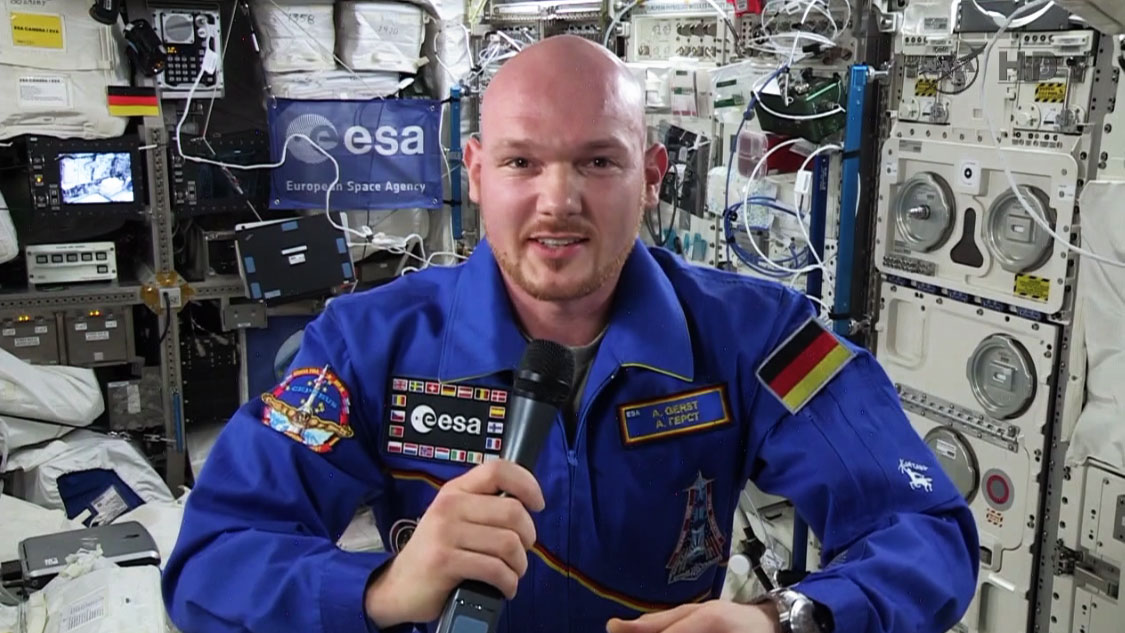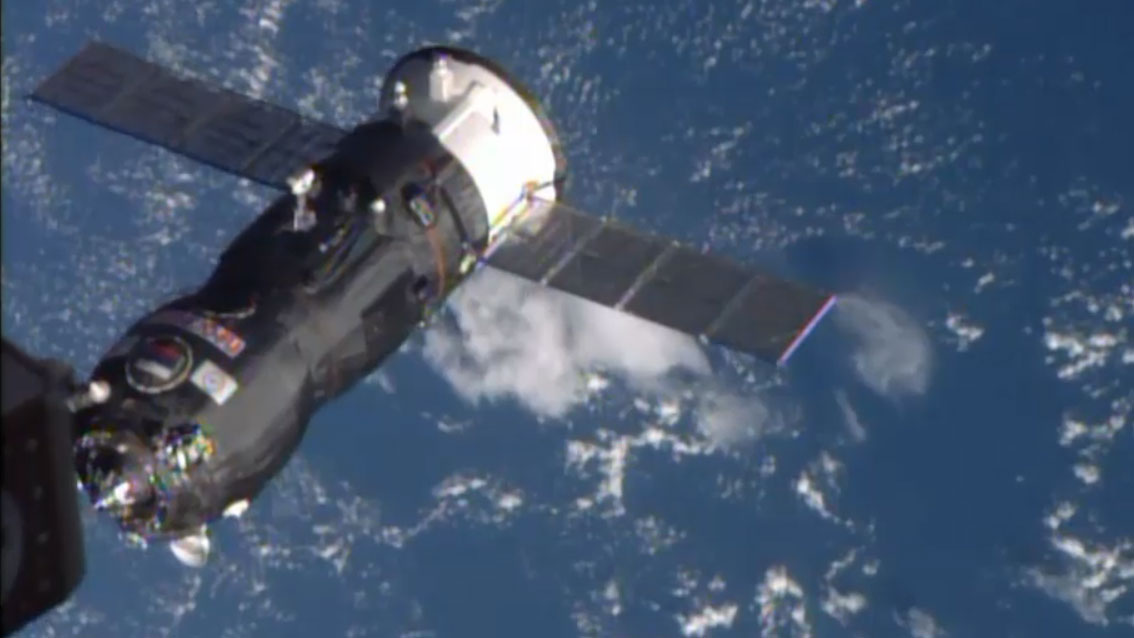
Watch NASA TV now for the farewell and hatch closure activities as the Expedition 41 trio gets set to return home tonight inside the Soyuz TMA-13M spacecraft… https://www.nasa.gov/nasatv
Here is a timeline of the Expedition 41 undocking and landing.
Sunday, Nov. 9
EDT EVENT
3:45 p.m. NASA TV: Expedition 41 farewell & hatch closure coverage
4:10 p.m. Soyuz TMA-13M/space station hatch closure
7:15 p.m. NASA TV: Expedition 41 Soyuz TMA-13M undocking coverage
7:30 p.m. Soyuz undock command sent
7:31 p.m. Soyuz TMA-13M undocks from space station
7:34 p.m. Soyuz manual separation burn
9:45 p.m. NASA TV: Expedition 41 Soyuz TMA-13M deorbit burn and landing coverage
10:05 p.m. Soyuz TMA-13M deorbit burn (4 minutes, 41 seconds duration)
10:09 p.m. Soyuz deorbit burn complete
10:32 p.m. Soyuz module separation (altitude 87 miles)
10:35 p.m. Soyuz atmospheric entry (altitude 62 miles)
10:44 p.m. Command to open parachute (6.6 miles)
10:58 p.m. Expedition 41 Soyuz TMA-13M landing northeast of Arkalyk, Kazakhstan.
Join the conversation on Twitter by following hashtags and . To learn more about all the ways to connect and collaborate with NASA, visit: https://www.nasa.gov/connect.











